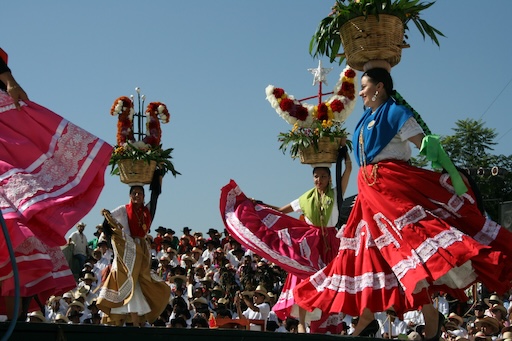Wonders Tagged Under: Oaxaca

Zapotec Guelaguetza Festival – A Traditional Gift Economy on Stage
The Guelaguetza Festival in Oaxaca is not just about dance and color—it's a living expression of Zap...
Read more →
The Night of the Radishes – Oaxaca’s Bizarre Carving Festival
Discover Oaxaca’s Night of the Radishes, a surreal festival where artists carve oversized radishes i...
Read more →